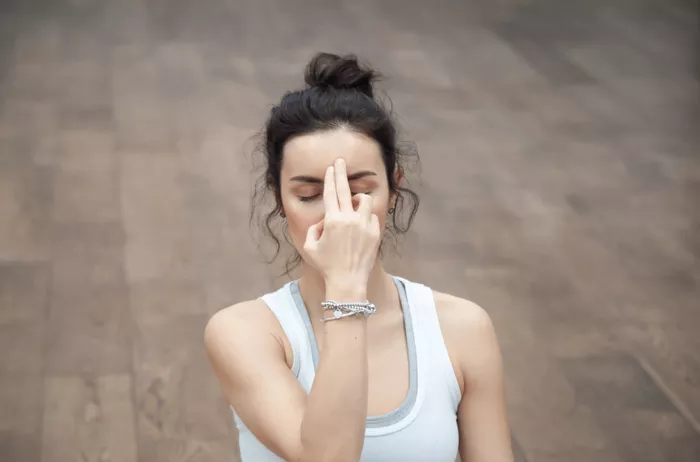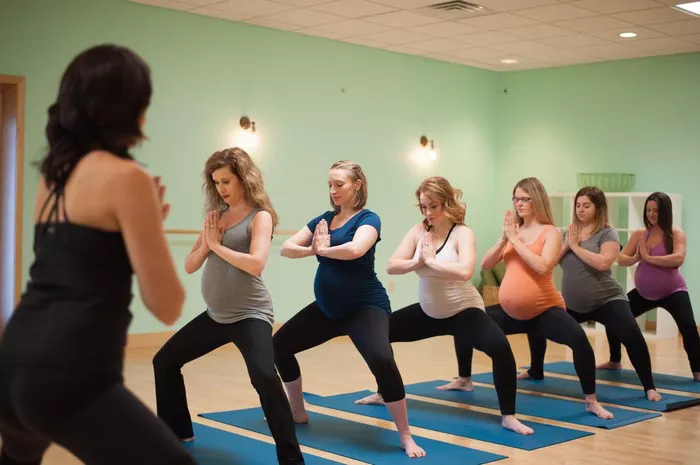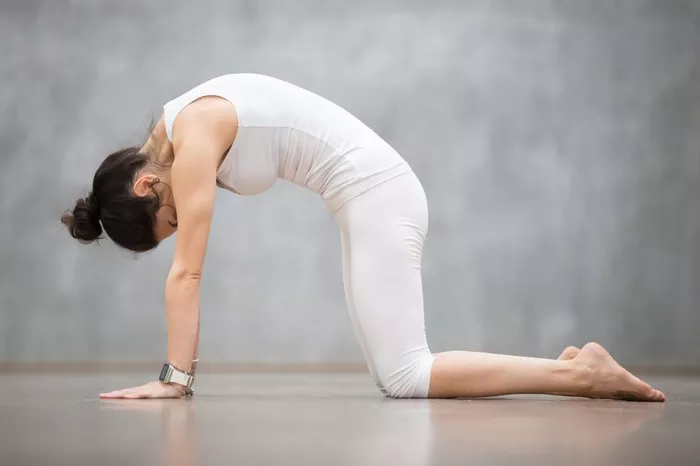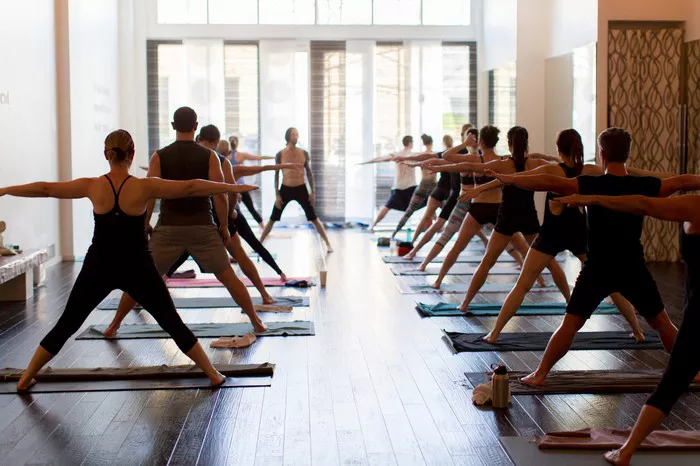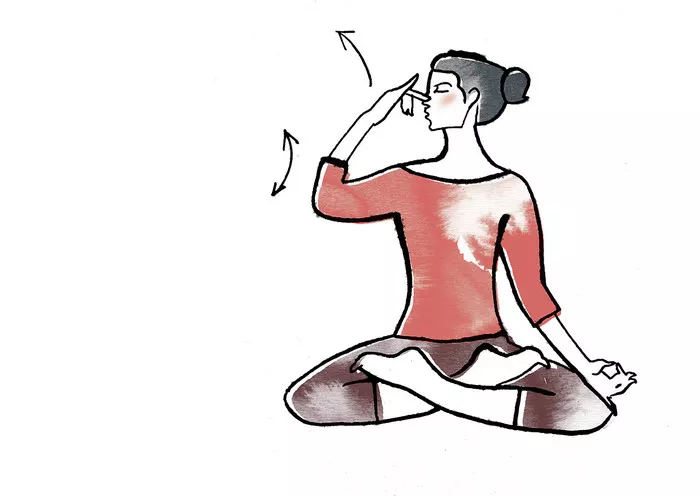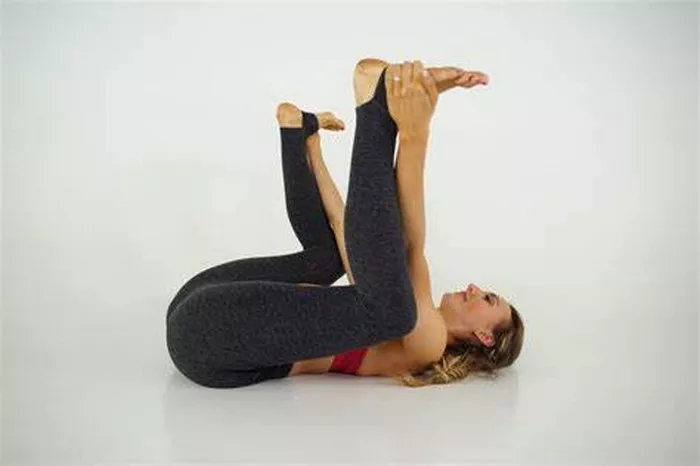Kriya Yoga is a highly revered practice within the spiritual and yogic traditions, regarded as an advanced and transformative form of yoga. Rooted in the teachings of ancient sages and practiced by those seeking higher consciousness, Kriya Yoga is not merely a set of physical postures or exercises but a profound discipline that combines breath control, meditation, and ethical practices to bring about self-realization and spiritual enlightenment.
In this article, we will explore the fundamental principles of Kriya Yoga, its core components, and the sequential steps involved in practicing Kriya Yoga. The steps in Kriya Yoga are designed to elevate the practitioner’s awareness, purify the mind, and awaken the dormant spiritual energy within. Through a systematic approach, Kriya Yoga enables individuals to achieve greater peace, clarity, and a deeper connection to their true nature.
Understanding Kriya Yoga
Kriya Yoga is a Sanskrit term that translates to “yoga of action” or “yoga of self-discipline.” The practice is a comprehensive system that emphasizes inner transformation and spiritual awakening through controlled and intentional action. The essence of Kriya Yoga is the direct experience of the divine presence within, achieved by regulating the breath, mastering the mind, and aligning oneself with higher consciousness.
The foundation of Kriya Yoga lies in the teachings of the ancient yogic texts, particularly the Yoga Sutras of Patanjali and the Bhagavad Gita. It is believed that Kriya Yoga was rediscovered in the modern age by the renowned yogi, Swami Sri Yukteswar, and later popularized by his disciple, Paramahansa Yogananda, in the early 20th century.
Kriya Yoga is often taught through a lineage of teachers and disciples, with each teacher imparting the teachings of the practice in a systematic and methodical manner. This ensures that the transformative potential of Kriya Yoga is transmitted correctly and safely.
The Core Components of Kriya Yoga
Kriya Yoga is a holistic discipline that incorporates three main elements:
Pranayama (Breath Control): Pranayama is the practice of controlling and regulating the breath. In Kriya Yoga, pranayama techniques are used to control the flow of prana (life energy) in the body, facilitating the awakening of spiritual energy and calming the mind. By practicing controlled breathing, practitioners are able to achieve mental clarity and a sense of peace, which are essential for meditation.
Dhyana (Meditation): Meditation is a key component of Kriya Yoga. Through deep meditation, practitioners go beyond the ordinary thinking mind and access higher states of consciousness. Kriya Yoga meditation techniques are designed to calm the mind, improve concentration, and help the practitioner experience the inner silence that leads to spiritual realization.
Self-Discipline and Ethical Living: Kriya Yoga emphasizes ethical principles and self-discipline in daily life. This includes living with integrity, practicing compassion, and adhering to moral guidelines that support spiritual growth. The ethical teachings of Kriya Yoga help to purify the mind and create a conducive environment for spiritual practice.
The Steps in Kriya Yoga
The steps involved in Kriya Yoga are designed to progressively guide the practitioner toward self-realization. While different schools and teachers may outline the steps in varying ways, there are certain common practices that are essential to the discipline of Kriya Yoga. These steps include preparatory practices, pranayama techniques, meditation practices, and post-meditation integration.
Step 1: Preparation and Purification
Before embarking on the practice of Kriya Yoga, it is essential for the practitioner to prepare both the body and the mind. Preparation involves physical, mental, and emotional purification, which allows the practitioner to approach the practice with clarity and devotion.
Physical Preparation: The body must be flexible and free from tension to ensure that the practitioner can sit comfortably for extended periods of time during meditation. Regular yoga asanas (postures) are often used to stretch and strengthen the body. Asanas also promote the smooth flow of prana and remove blockages that may hinder spiritual energy from rising.
Mental Preparation: Mental purification is just as important as physical preparation. The mind must be calm, focused, and free from distractions. Practices such as mindfulness, concentration techniques, and the cultivation of positive thoughts are integral in quieting the mind. Before beginning a Kriya Yoga session, practitioners often spend a few moments in silent reflection or chanting a mantra to center themselves.
Setting an Intention: It is important for the practitioner to set a clear intention for their practice. This intention could be spiritual growth, self-realization, or the cultivation of inner peace. The intention acts as a guiding force that will help keep the practitioner focused and motivated throughout their journey.
Step 2: Mastery of Pranayama (Breath Control)
Pranayama is central to the practice of Kriya Yoga. It involves controlling the breath to regulate the flow of prana in the body. Through the control of breath, the practitioner is able to direct the mind inward and increase their awareness of the present moment.
Basic Pranayama Techniques: The most common pranayama techniques used in Kriya Yoga include:
Anulom Vilom (Alternate Nostril Breathing): This technique helps to balance the flow of energy through the left and right nostrils, calming the mind and promoting mental clarity.
Kapalbhati (Skull Shining Breath): This is an active pranayama that involves rapid exhalation through the nose, helping to clear out toxins and invigorate the body and mind.
Bhastrika (Bellows Breath): A forceful breathing technique that energizes the body and stimulates the flow of prana.
Advanced Pranayama: Once the practitioner has mastered basic pranayama techniques, they can proceed to more advanced practices such as Kriya Pranayama. Kriya Pranayama involves controlled, rhythmic breathing, where the practitioner consciously directs their breath to specific energy centers (chakras) in the body. This technique is said to accelerate spiritual growth and lead to the awakening of higher consciousness.
Step 3: Meditation (Dhyana)
Meditation is the heart of Kriya Yoga, as it allows the practitioner to experience direct contact with the divine and access higher states of consciousness. Kriya Yoga meditation practices focus on the inner experience rather than external sensations, guiding the practitioner to a state of stillness and inner peace.
Technique of Kriya Meditation: In Kriya Yoga, meditation is often practiced by concentrating on the breath and the subtle flow of prana within the body. One of the key techniques is the practice of “internalizing the gaze,” where the practitioner focuses on the area between the eyebrows (the third eye) or at the base of the spine (the root chakra).
The technique involves visualizing and feeling the energy rising from the base of the spine to the crown of the head. This process is known as the Kundalini awakening, where the dormant spiritual energy (Kundalini) is awakened and ascends through the energy channels (nadis) within the body.
Deepening the Meditation: As the practitioner progresses, they learn to quiet the mind and enter deeper states of meditation, where the experience of the self is no longer confined to thoughts and emotions. The practitioner enters a state of blissful awareness, transcending the limitations of the physical body and connecting with their true nature.
Step 4: Integration of the Practice
Kriya Yoga is not limited to the time spent on the mat or in meditation. The practice must be integrated into daily life in order to bring about lasting transformation. This involves living in accordance with the ethical principles of yoga, maintaining a disciplined lifestyle, and practicing mindfulness throughout the day.
Living with Awareness: As the practitioner deepens their meditation practice, they are encouraged to bring the awareness gained during meditation into their daily interactions and activities. This includes acting with kindness, compassion, and humility, and living a life of integrity.
Continuous Practice: Kriya Yoga is a lifelong commitment. The practitioner continues to refine their practice, increasing their awareness and spiritual insight. By regularly practicing pranayama and meditation, the practitioner maintains a steady flow of energy, leading to continuous spiritual growth.
Conclusion
The steps in Kriya Yoga are designed to lead the practitioner through a process of purification, self-mastery, and spiritual awakening. By incorporating breath control, meditation, and ethical discipline, Kriya Yoga provides a powerful framework for personal transformation and self-realization. As with any yogic practice, Kriya Yoga requires dedication, patience, and a deep commitment to the path of spiritual growth. Through consistent practice and devotion, the practitioner can experience profound inner peace, heightened awareness, and the realization of their true divine nature.
Related Topics:

